The International Space Station (ISS) is a marvel of modern engineering and international collaboration. Its development involved countless hours of planning, innovation, and cooperation among multiple countries. Over the years, the ISS has become a symbol of what humanity can achieve when working together. From its unique construction to its groundbreaking research, the ISS continues to surprise and inspire.
The ISS Was Originally Two Separate Projects
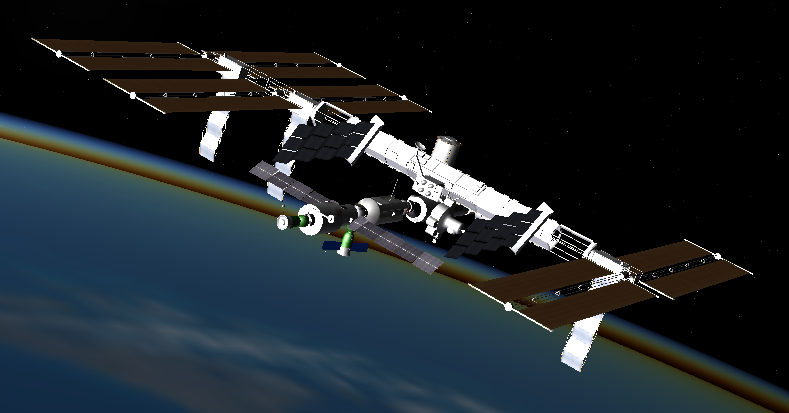
The International Space Station (ISS) was born out of the merger of two separate projects: NASA’s Freedom and Russia’s Mir-2. Both were space station concepts developed during the Cold War, but budget constraints and changing political landscapes led to their unification. This collaboration marked the first major post-Cold War partnership in space. The merging of these two projects laid the foundation for the ISS we know today.
It Took Over a Decade to Assemble
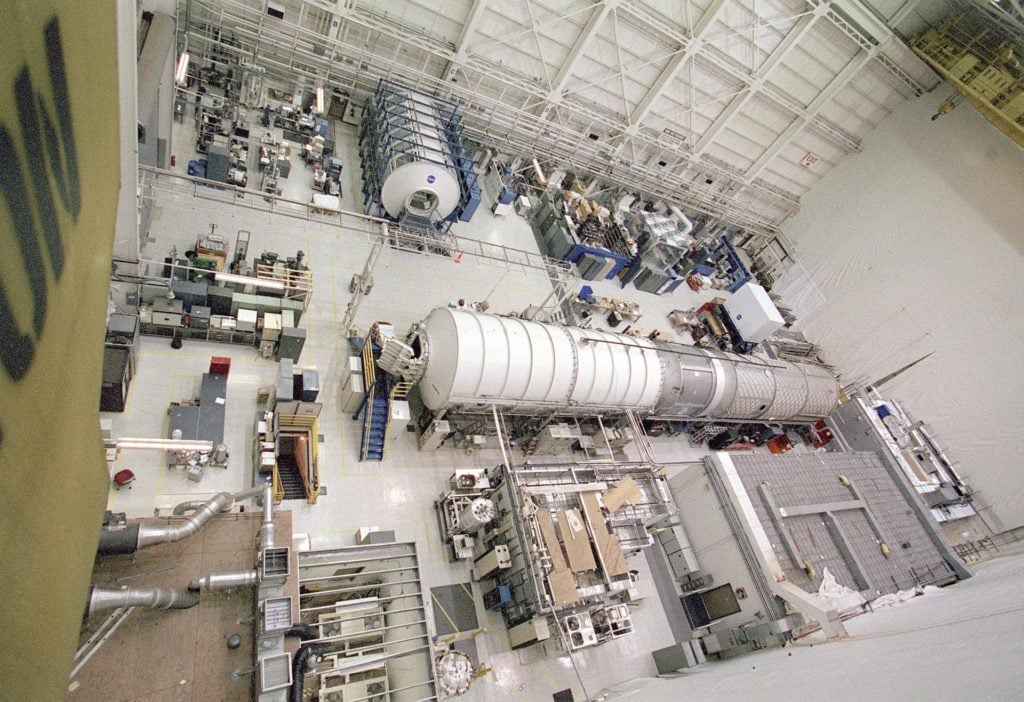
The ISS wasn’t built in a day; in fact, it took over a decade to complete. The first module, Zarya, was launched in 1998, and the station’s assembly continued until 2011. Each module was launched separately and assembled in space, requiring precise coordination between multiple space agencies. The extended construction timeline showcases the complexity and ambition behind the ISS.
Over 15 Nations Contributed to Its Construction
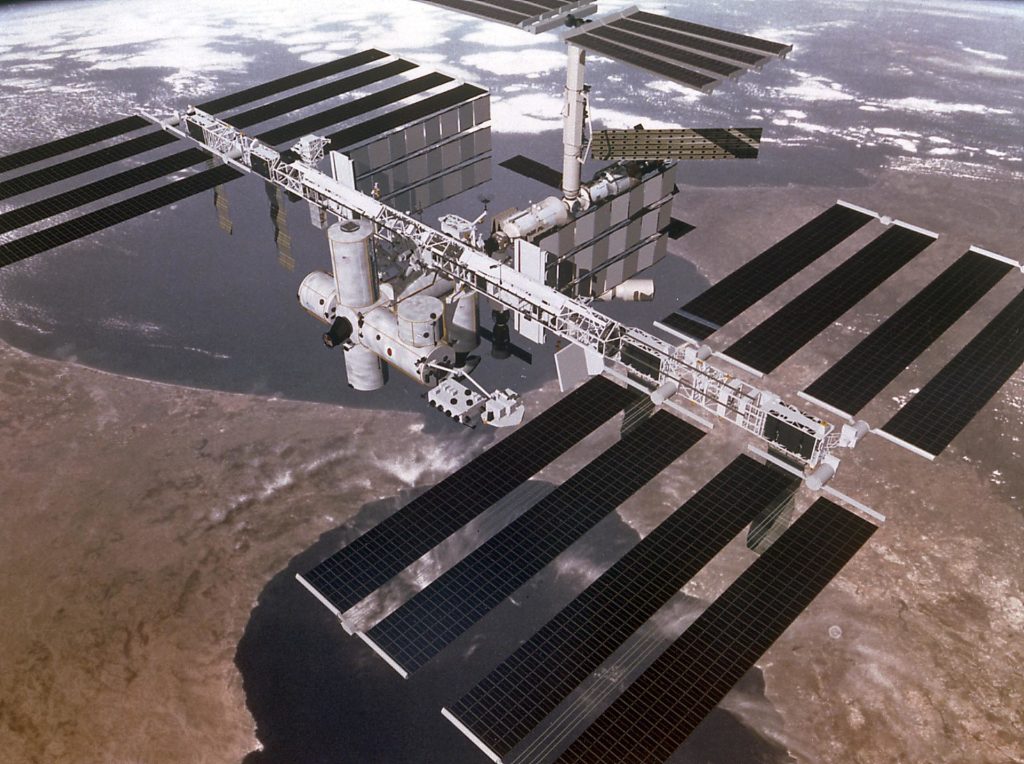
The ISS is truly an international effort, with over 15 nations contributing to its construction. Countries like the United States, Russia, Japan, Canada, and several European nations provided different modules and technology. This global collaboration has made the ISS a symbol of peaceful international cooperation. The diverse contributions have helped the ISS become a unique and versatile research facility.
It Orbits Earth at 17,500 Miles Per Hour
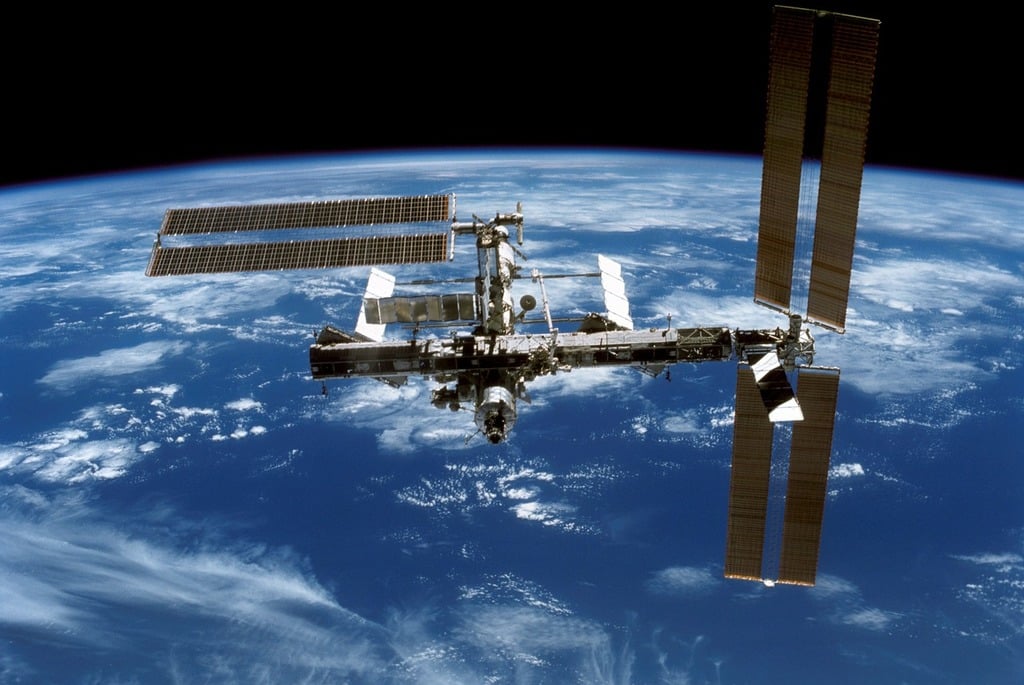
The ISS orbits Earth at an astonishing speed of 17,500 miles per hour, completing a full orbit roughly every 90 minutes. This rapid pace means that astronauts aboard the ISS experience 16 sunrises and sunsets each day. The high-speed orbit allows the station to cover vast distances, providing unique opportunities for scientific observations. Despite its incredible speed, the ISS maintains a relatively stable orbit about 250 miles above Earth.
The ISS is About the Size of a Football Field
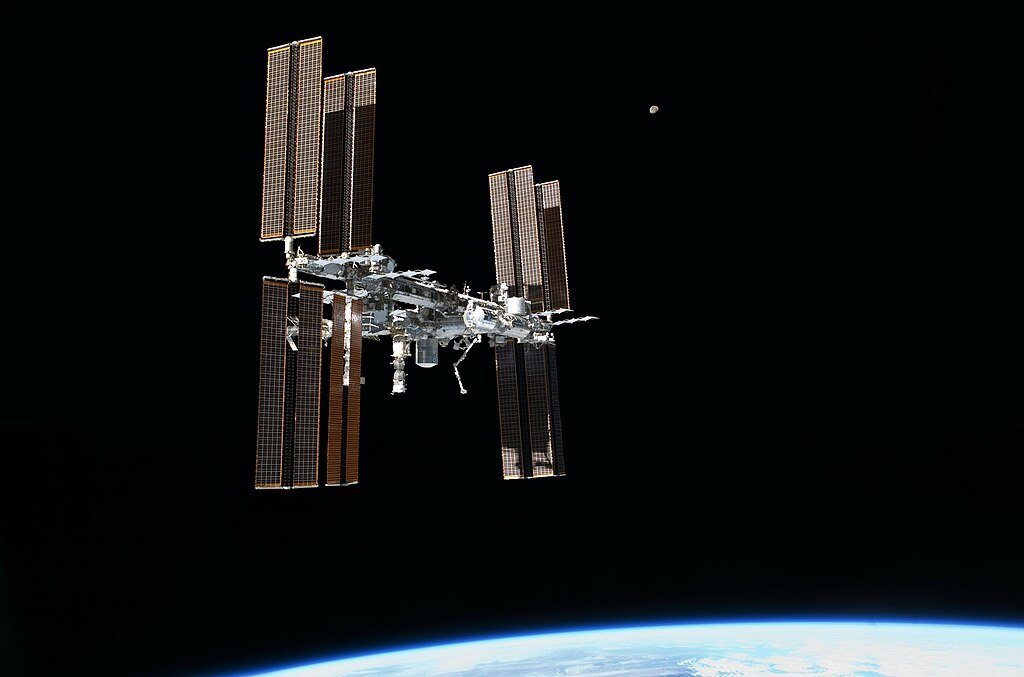
When fully assembled, the ISS spans approximately the size of a football field, including its solar arrays. It’s the largest man-made structure in space, with a mass of around 420,000 kilograms. The station’s vast size allows it to house a wide range of research facilities and living quarters for astronauts. This scale also makes the ISS visible from Earth with the naked eye under the right conditions.
It Supports Cutting-Edge Scientific Research
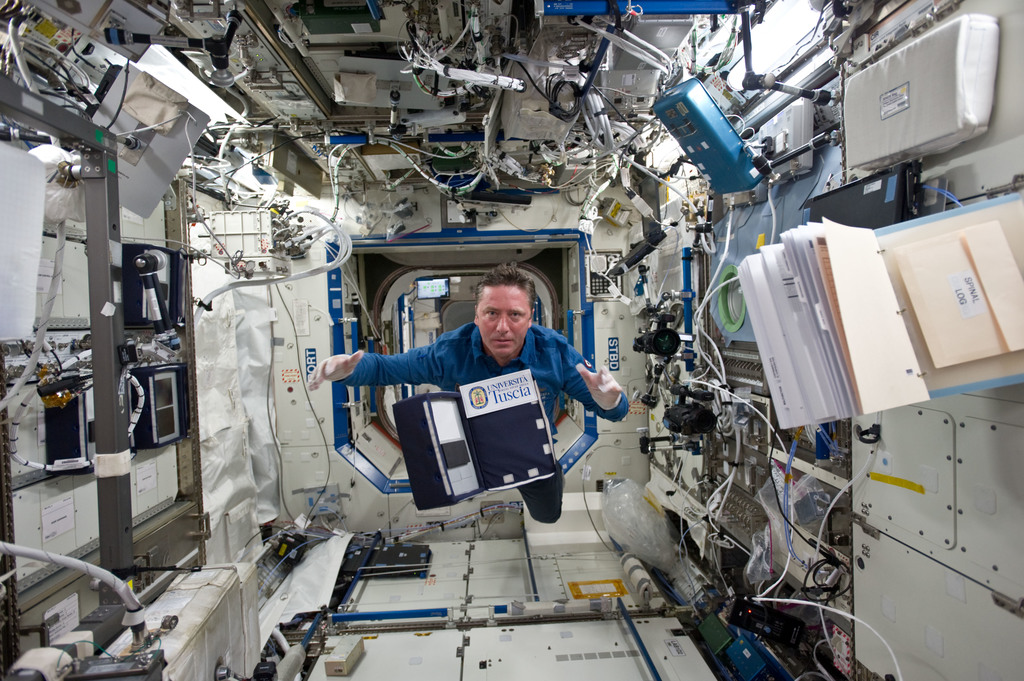
The ISS is more than just a space station; it’s a floating laboratory that supports cutting-edge scientific research. Experiments conducted aboard the ISS cover a wide range of fields, including biology, physics, astronomy, and medicine. The microgravity environment offers unique conditions that cannot be replicated on Earth. This research has led to important discoveries, benefiting life on Earth and advancing space exploration.
The ISS Has Hosted Over 240 Astronauts
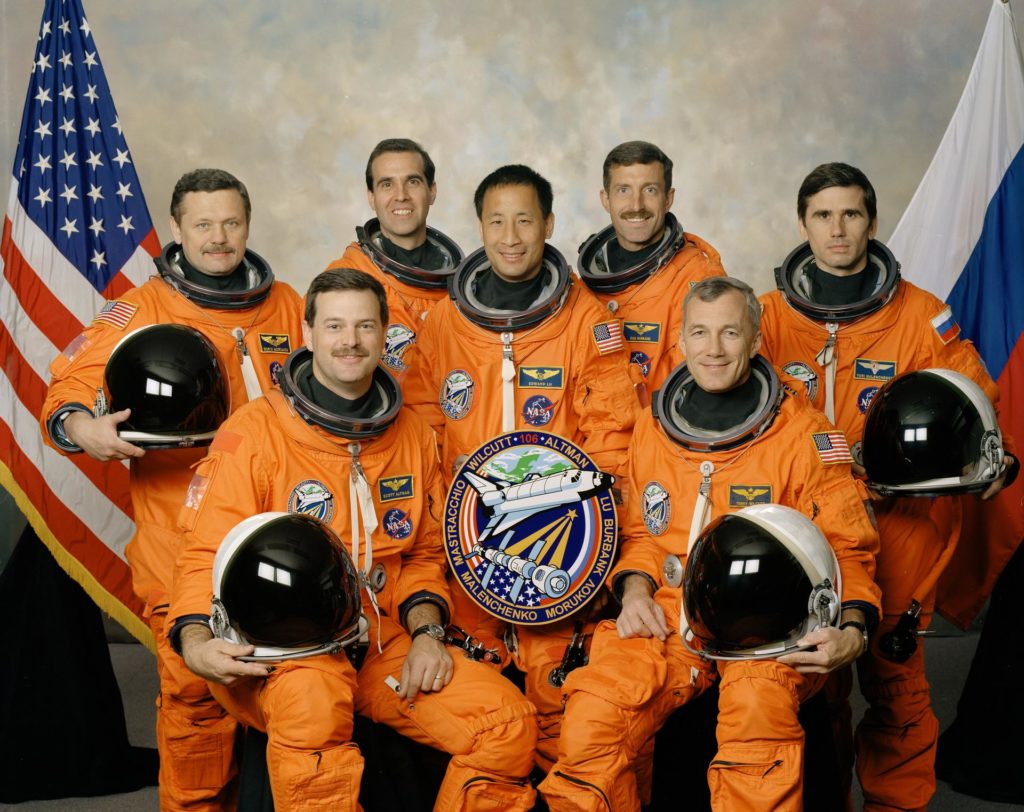
Since its inception, the ISS has hosted more than 240 astronauts from 19 different countries. These astronauts have lived and worked aboard the station for extended periods, conducting experiments and maintaining the station. The diverse crew members bring a wide range of expertise, contributing to the station’s success. The ISS serves as a training ground for future deep space missions.
It Was the First Spacecraft to Be Continuously Manned
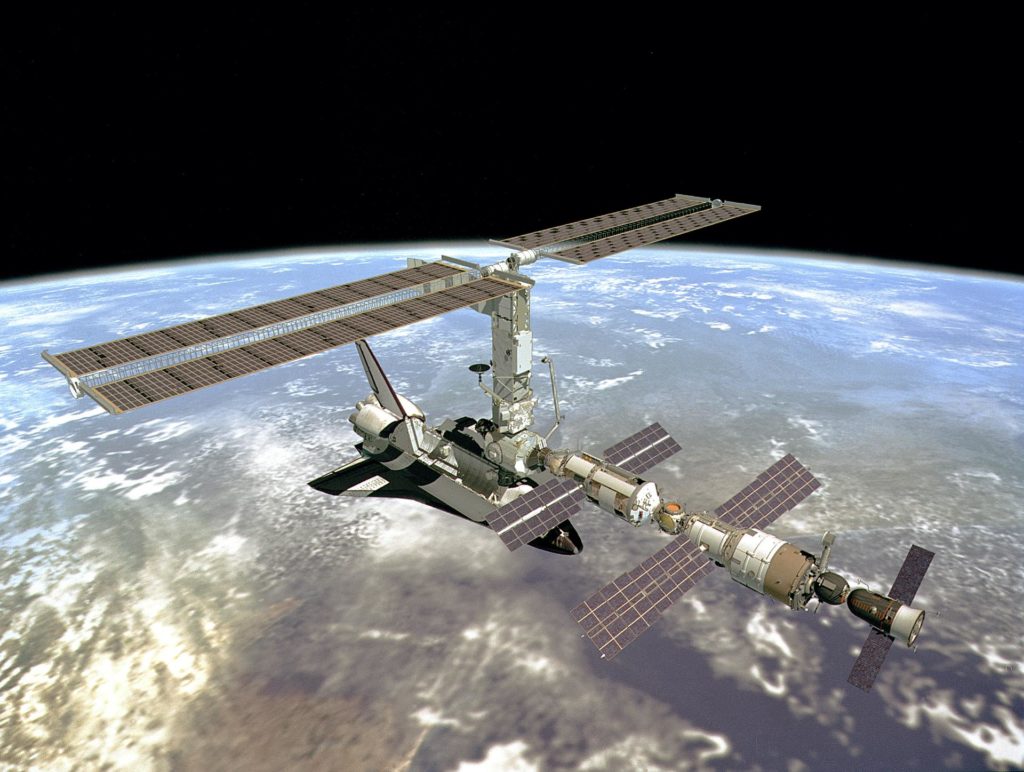
The ISS holds the distinction of being the first spacecraft to be continuously manned since November 2000. This continuous human presence in space for over two decades represents a significant achievement in space exploration. The station’s crew has changed over the years, but there has always been someone aboard. This ongoing mission highlights the ISS’s role in advancing human spaceflight.
The ISS Has Its Own International Governance Structure
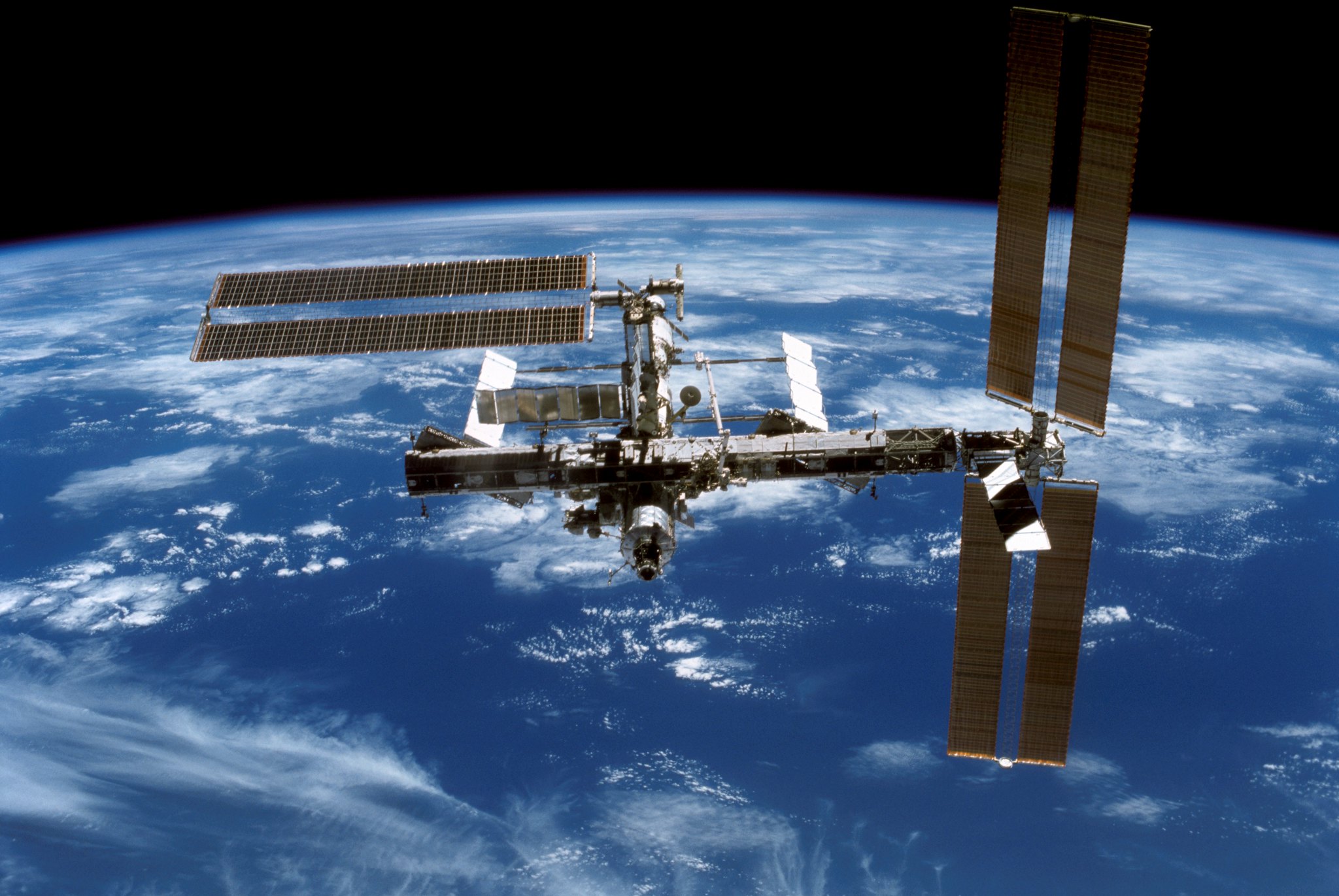
Unlike other space projects, the ISS operates under a unique international governance structure. The ISS’s operations are governed by agreements between the United States, Russia, Europe, Japan, and Canada. These agreements ensure that each participating country shares responsibility for the station’s maintenance and use. The collaborative governance model serves as a blueprint for future international space missions.
The Station Generates Power Using Solar Panels
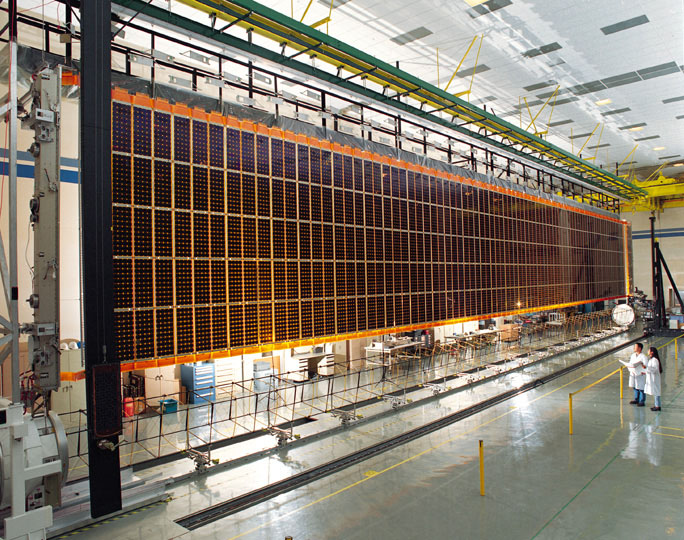
The ISS generates power using eight large solar arrays, which convert sunlight into electricity. These solar panels cover a surface area of around 2,500 square meters, making them one of the most prominent features of the station. The solar power system is essential for keeping the station’s systems and experiments running. This reliance on renewable energy reflects the ISS’s forward-thinking design.
The ISS Can Be Seen from Earth Without a Telescope
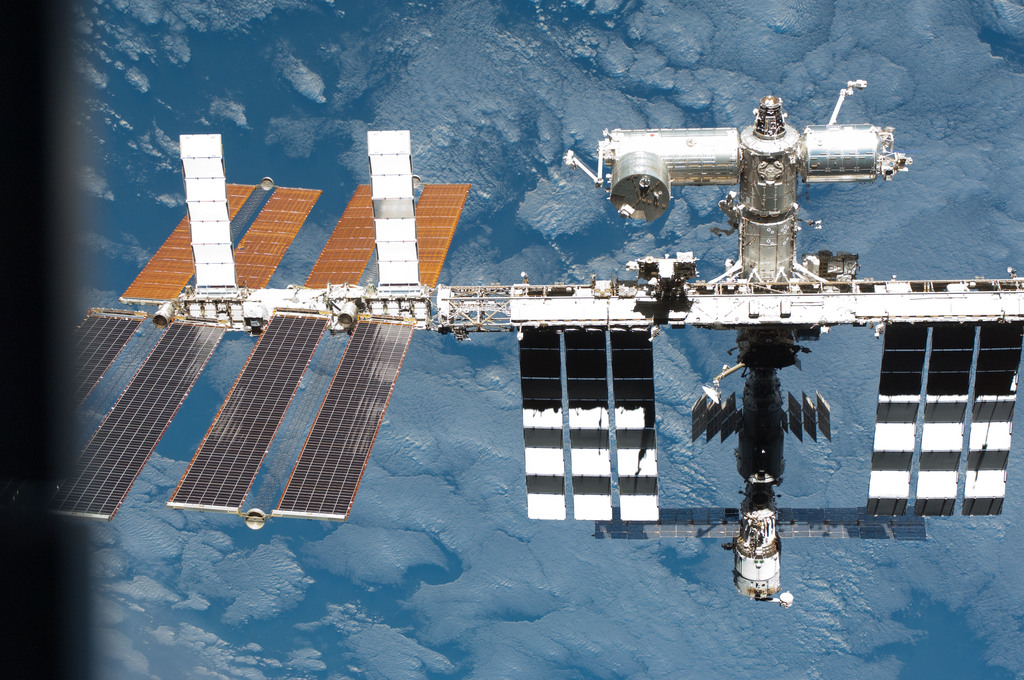
On a clear night, the ISS can be seen from Earth with the naked eye, appearing as a bright, fast-moving object. Its visibility is due to its large size and the reflection of sunlight off its solar panels. The station’s orbit ensures that it passes over most parts of the world, giving millions of people a chance to spot it. Viewing the ISS from Earth connects people to the ongoing mission in space.
It Has Its Own Internet Connection
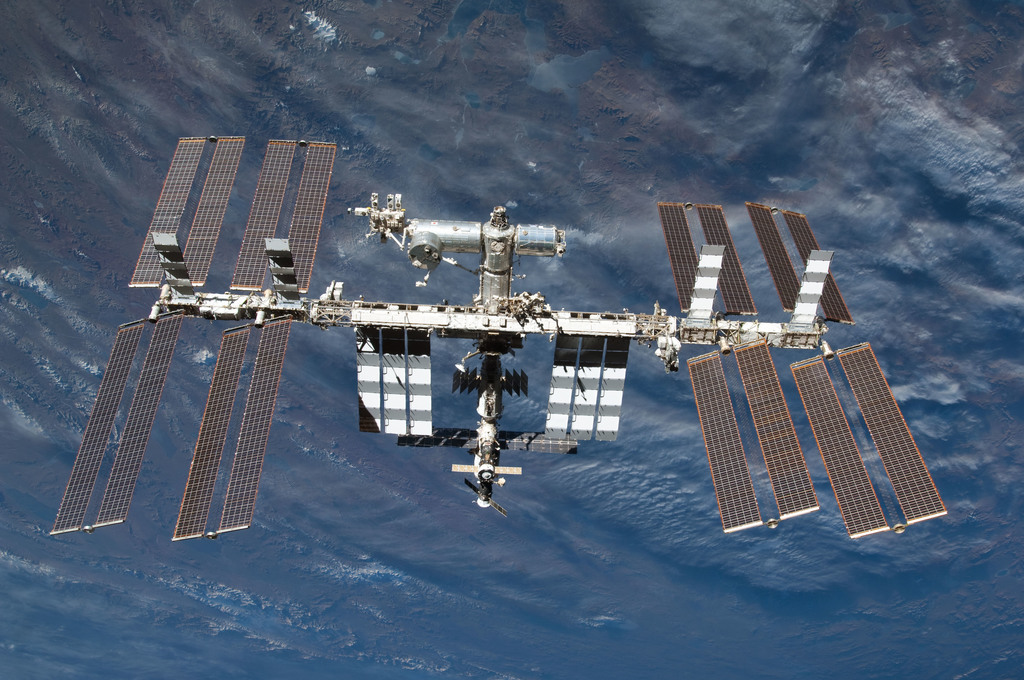
The ISS is equipped with its own internet connection, allowing astronauts to communicate with Earth and access information online. This connection is vital for mission control operations, scientific research, and even social media. Astronauts can send emails, make video calls, and post updates on social media platforms like Twitter. The internet access on the ISS helps bridge the gap between space and Earth.
It Plays a Crucial Role in Space Diplomacy
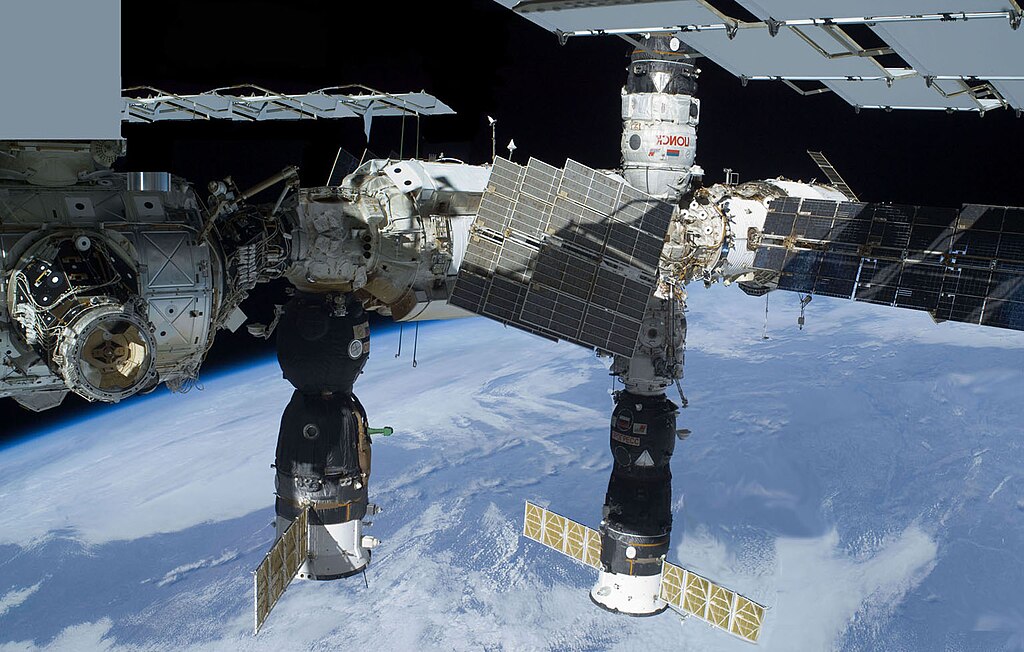
The ISS has played a crucial role in fostering space diplomacy, especially between former Cold War adversaries like the United States and Russia. The cooperation required to build and maintain the station has led to better relations between participating countries. The ISS serves as a reminder that space exploration can unite nations toward a common goal. This diplomatic success is one of the station’s lasting legacies.
The ISS Helps Prepare for Future Mars Missions
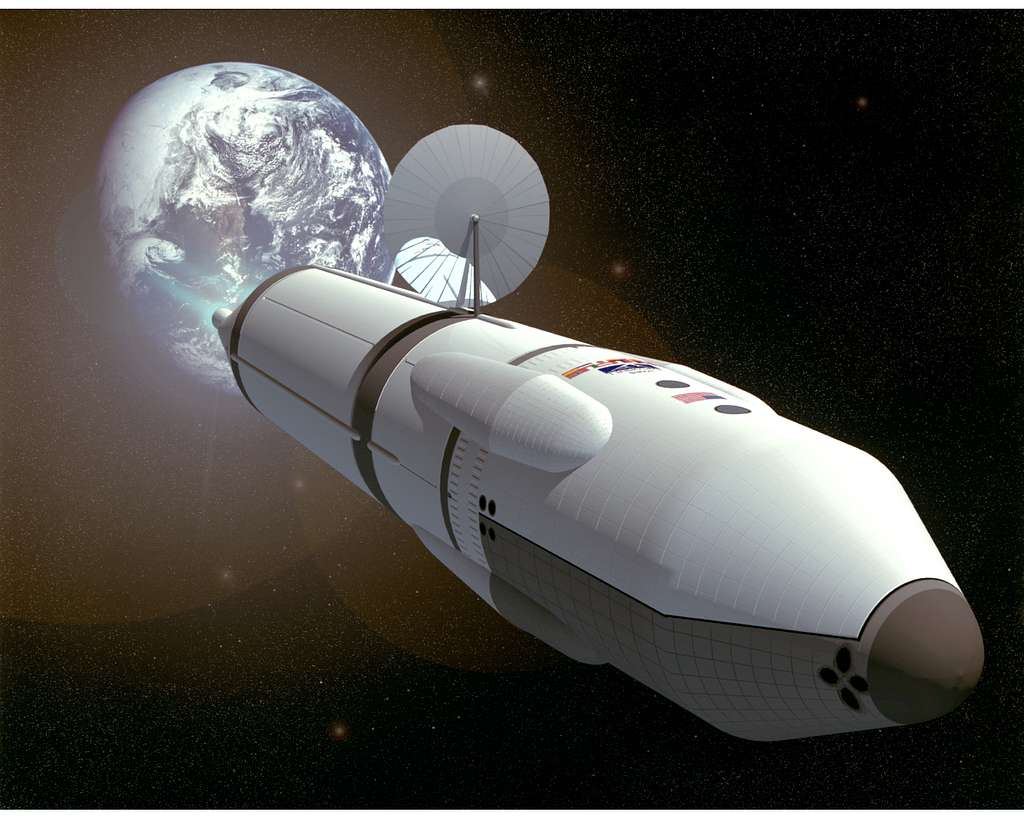
The research and technology developed on the ISS are crucial for preparing for future Mars missions. The station provides a platform to study long-term human spaceflight, including the effects of microgravity on the human body. Lessons learned from the ISS will inform the design of spacecraft and life support systems for deep space missions. The ISS is a stepping stone toward human exploration of Mars.
The Station Uses a Water Recycling System
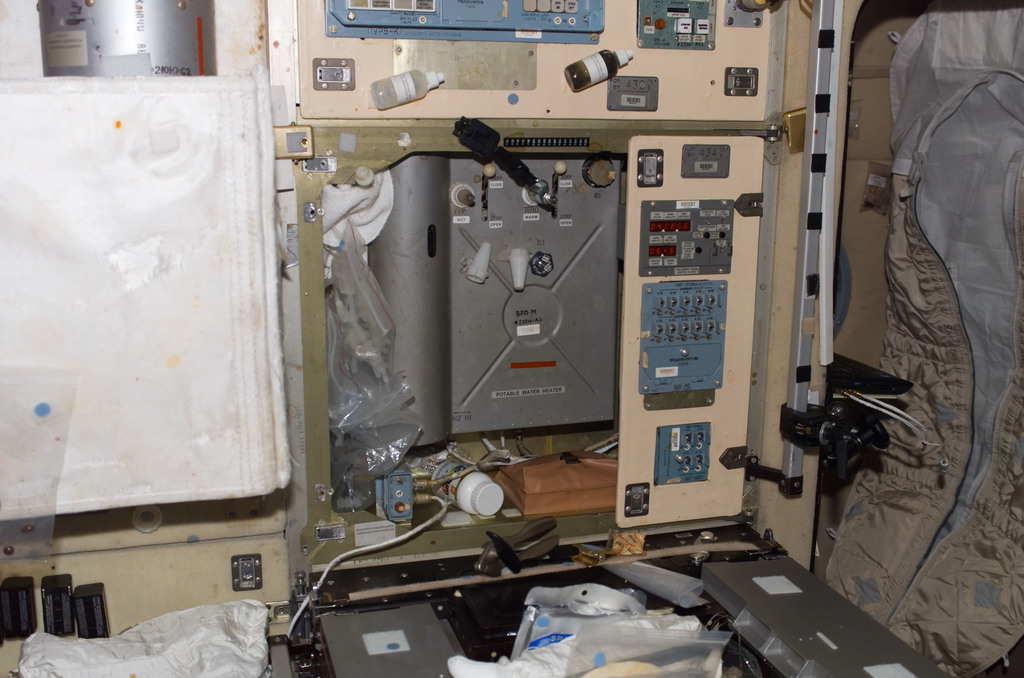
Water is a precious resource on the ISS, and the station is equipped with a sophisticated recycling system to conserve it. This system recycles astronauts’ urine, sweat, and other waste liquids into clean, drinkable water. The recycling process is essential for sustaining long-term human habitation in space. This technology could also be vital for future space missions and even benefit water conservation efforts on Earth.
It Has Helped Develop New Medical Treatments
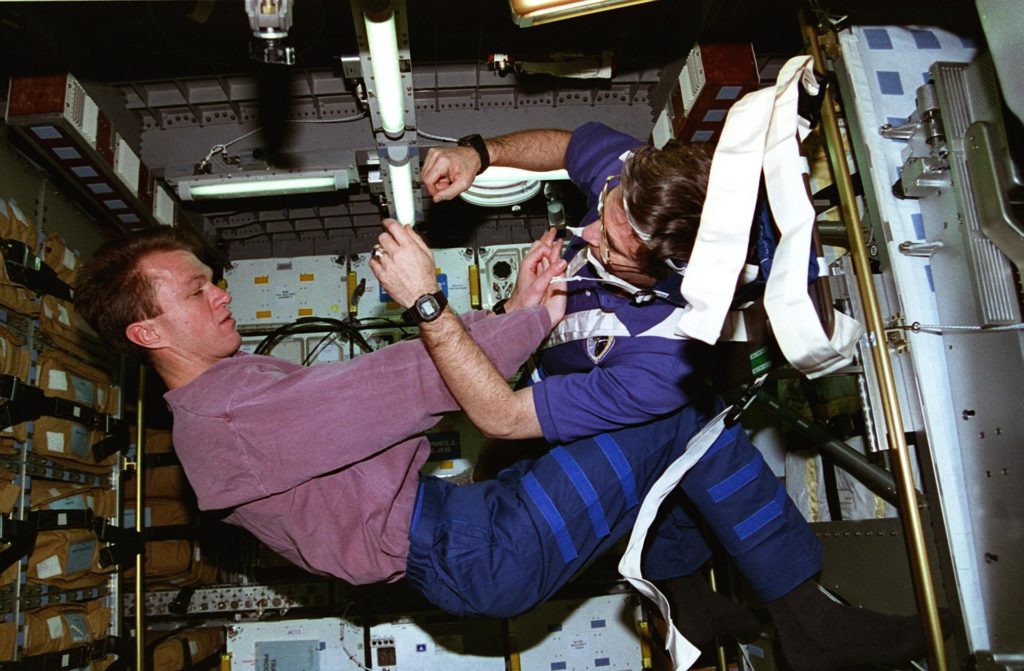
Experiments conducted on the ISS have led to the development of new medical treatments and technologies. The microgravity environment allows scientists to study diseases and biological processes in ways not possible on Earth. Research on the ISS has contributed to advancements in areas like cancer treatment, muscle atrophy, and bone loss. The station’s medical research benefits both space exploration and healthcare on Earth.
The ISS Uses a Robotic Arm for Maintenance
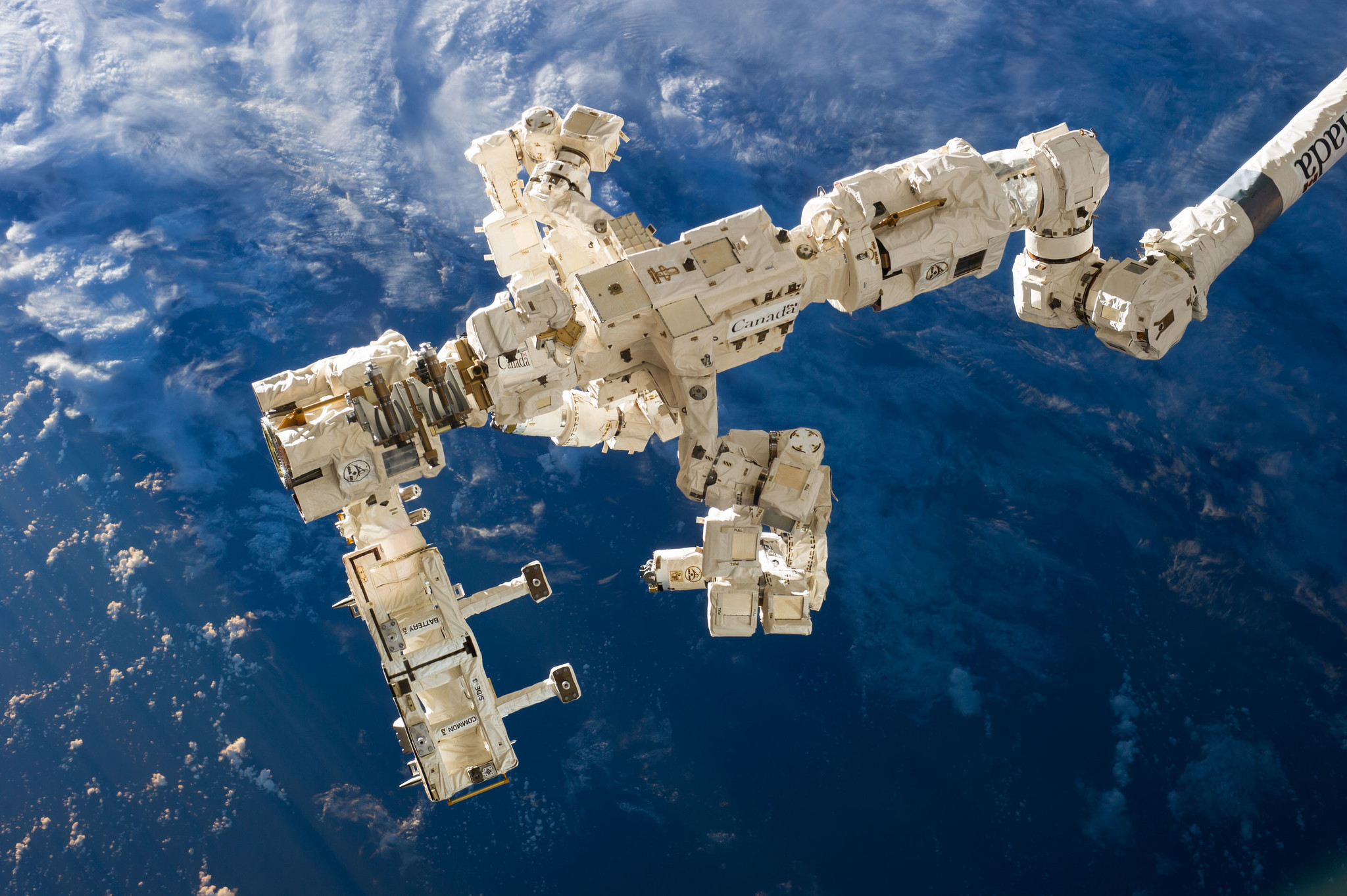
The ISS is equipped with a robotic arm, known as Canadarm2, which plays a crucial role in maintaining the station. This robotic arm is used to capture incoming cargo vehicles, assist with spacewalks, and perform repairs. Canadarm2’s versatility and precision make it an indispensable tool for the station’s operations. The technology developed for this robotic arm has also been adapted for use in various industries on Earth.
It Has Hosted Hundreds of Scientific Experiments
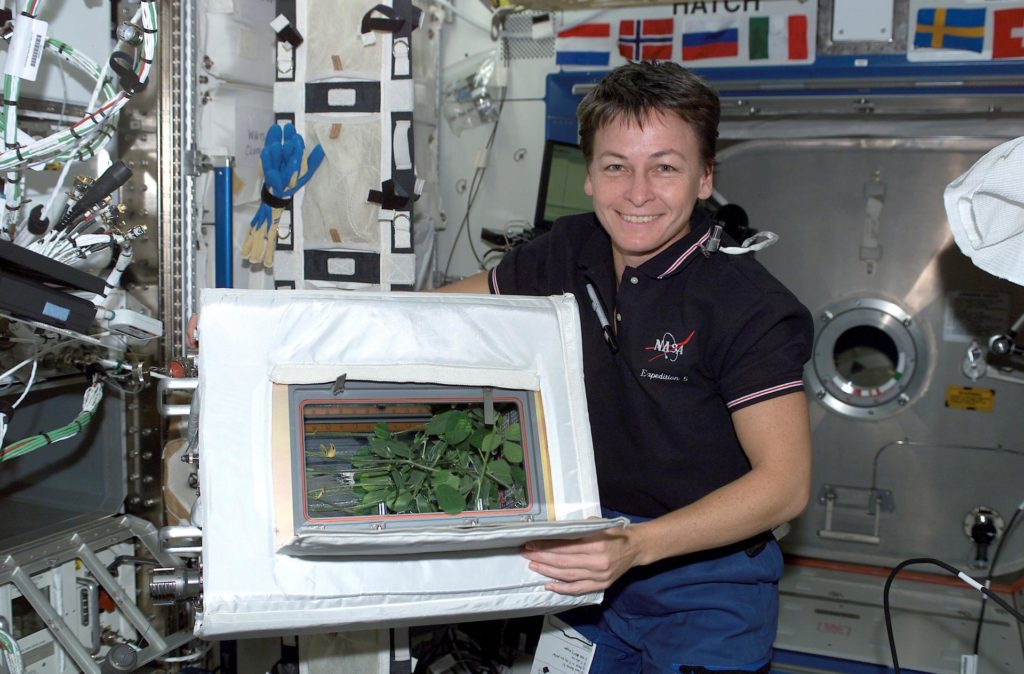
The ISS has been the site of hundreds of scientific experiments, spanning a wide range of disciplines. These experiments have included studies on plant growth, fluid dynamics, and materials science, among others. The unique environment of the ISS allows scientists to conduct experiments that would be impossible on Earth. The knowledge gained from these experiments continues to advance our understanding of science and technology.
The ISS Was Designed to Be Modular
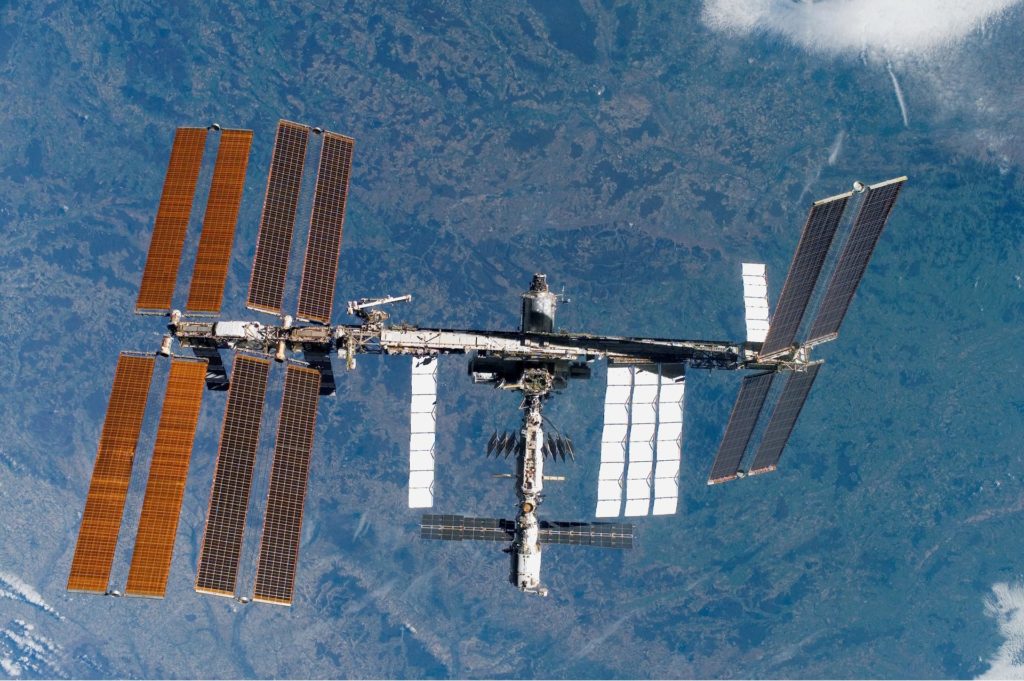
The ISS was designed with a modular architecture, allowing for the addition of new modules over time. This flexibility has enabled the station to evolve and expand as new technologies and research needs have emerged. The modular design also allows for easy replacement of outdated or damaged components. This adaptability has been key to the ISS’s longevity and success.
The Station Has a Central Role in Space Tourism
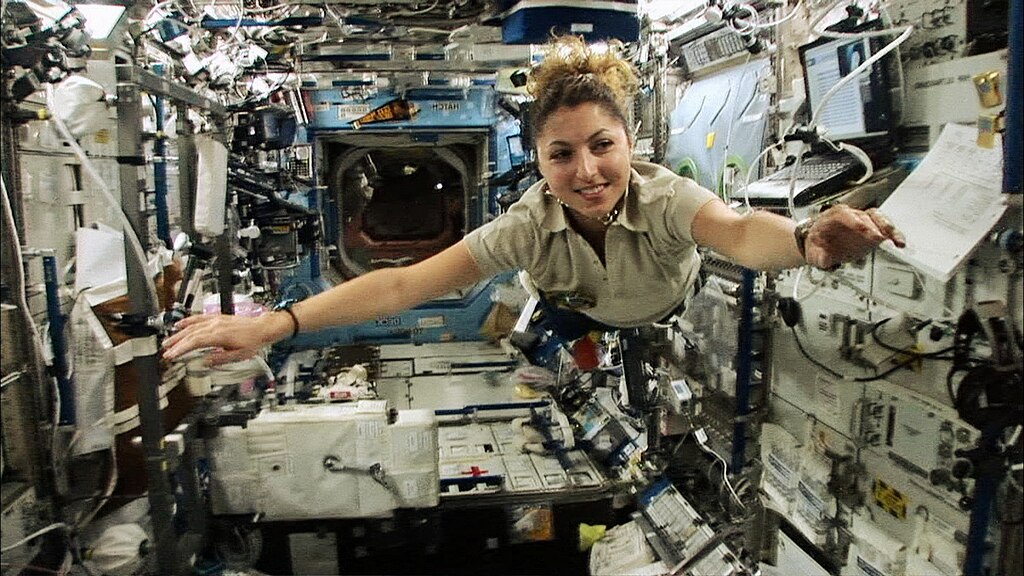
The ISS has played a central role in the emerging field of space tourism. Several private citizens have visited the station, paying millions of dollars for the opportunity. These space tourists have contributed to the station’s funding and raised public interest in space exploration. The ISS’s involvement in space tourism marks a significant shift toward the commercialization of space.
The ISS Has a Planned End Date
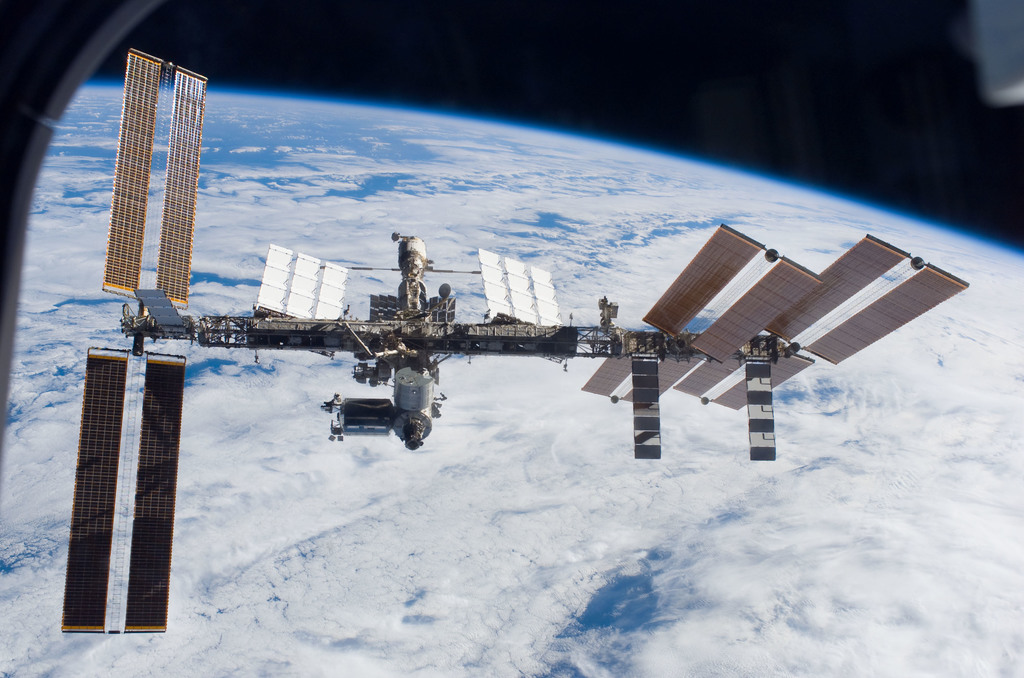
Despite its success, the ISS has a planned end date, with current operations expected to continue until 2030. After that, the station may be decommissioned or repurposed, depending on future space exploration goals. The end of the ISS will mark the conclusion of an era in human spaceflight. However, its legacy will live on through the knowledge and technologies it has helped develop.
This article originally appeared on UnifyCosmos.
More from UnifyCosmos
20 Surprising Ways to Repurpose Everyday Household Items

Ever wondered how to make the most out of the items you already have at home? Read more!
22 Everyday Habits That Are Hurting Your Workplace Productivity

Productivity is essential for success in any workplace. Yet, many factors can hinder it. Read more!
15 Little-Known Secrets of the Construction of the Colosseum
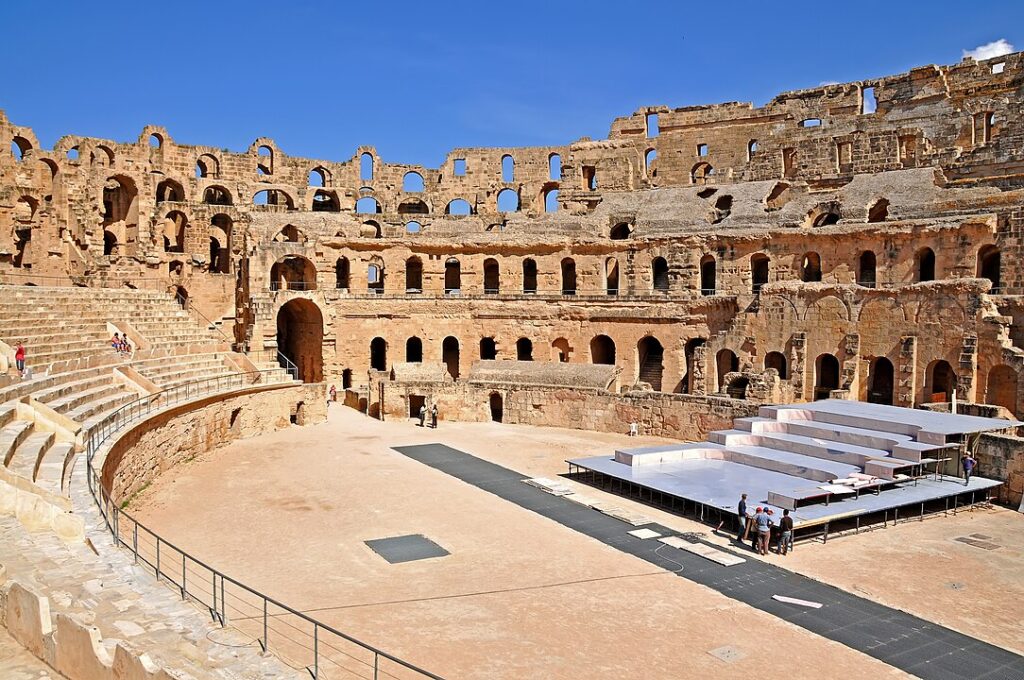
The Colosseum is more than just a symbol of ancient Rome; it’s a testament to the ingenuity and ambition of its builders. Read more!
Leave a Reply